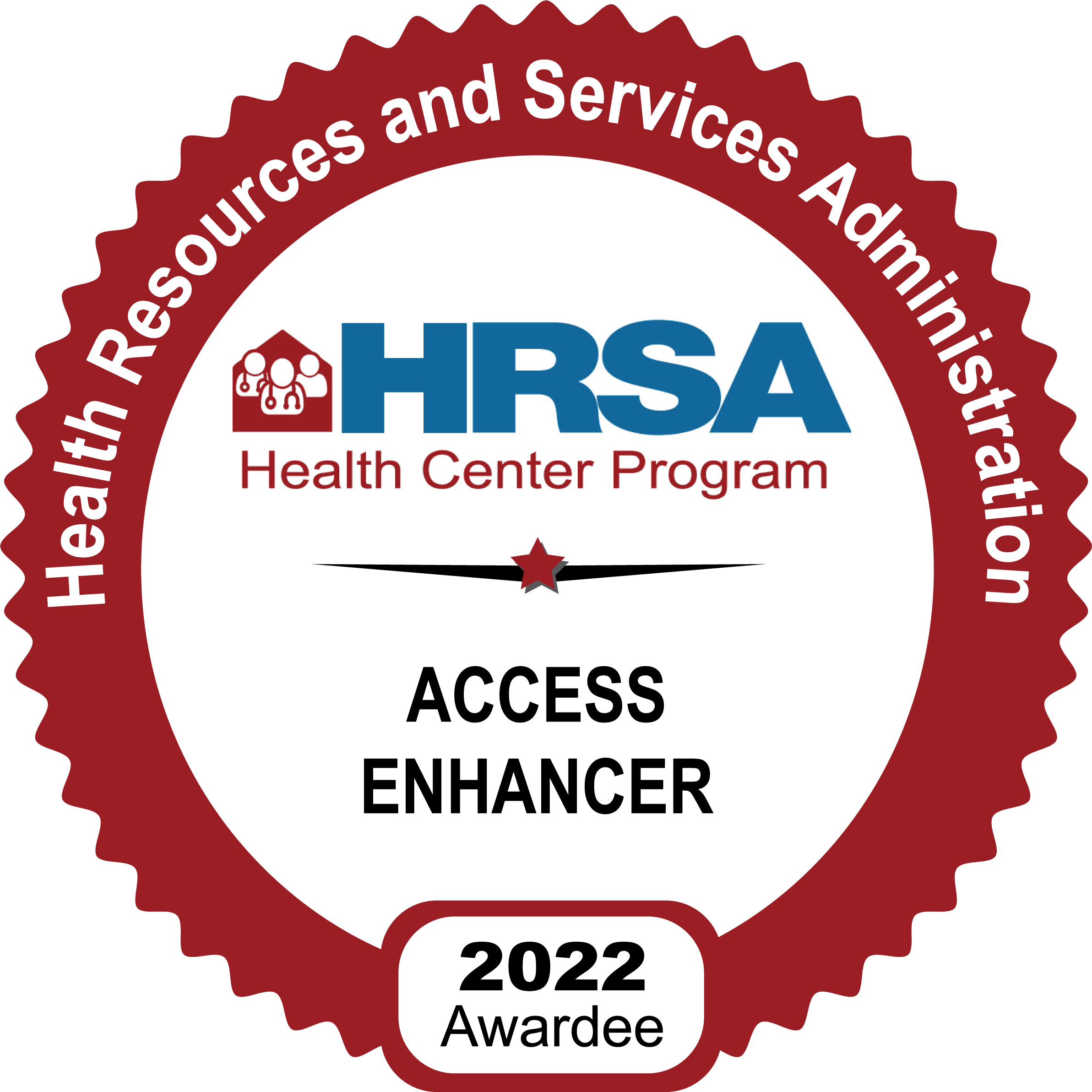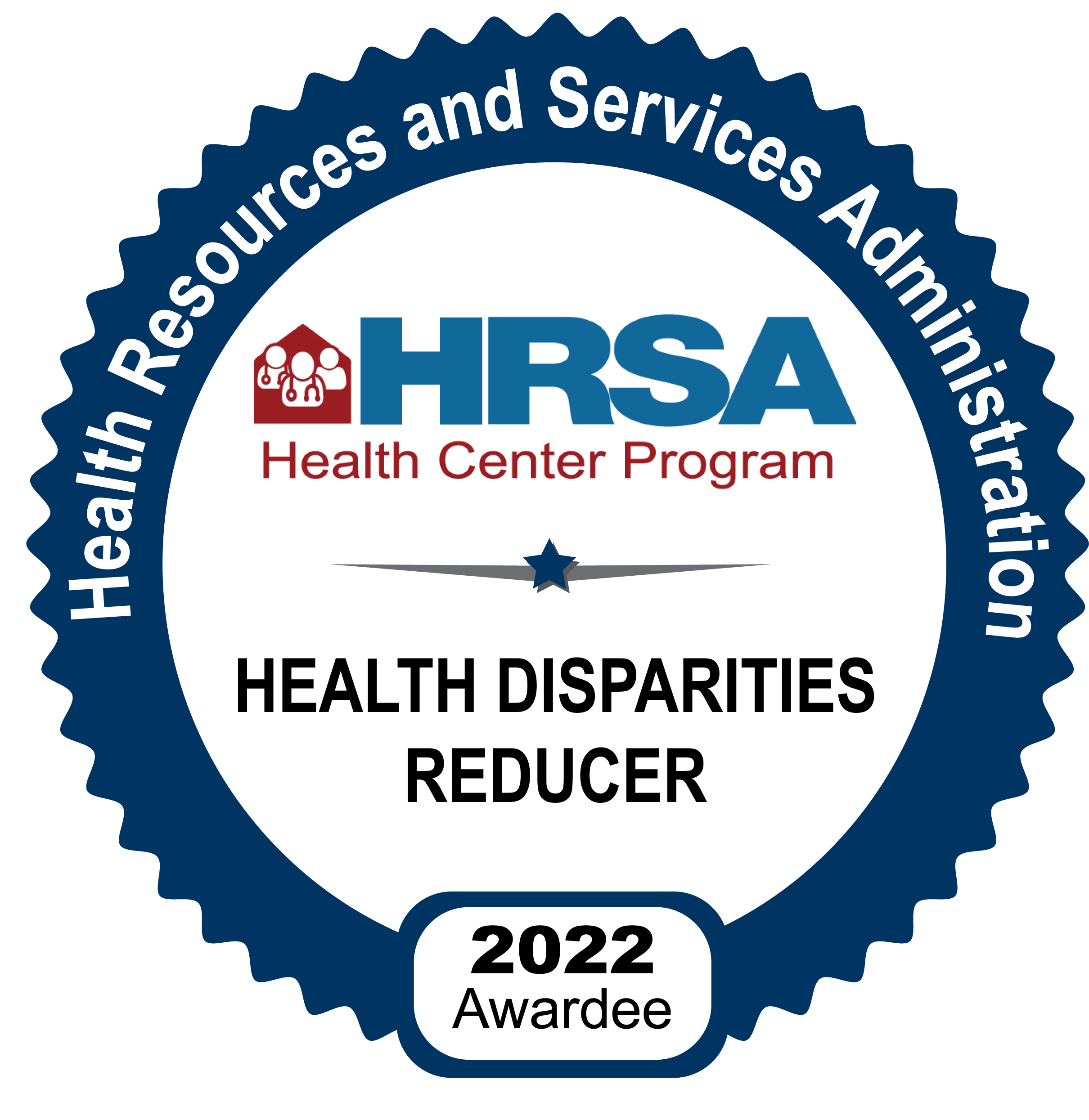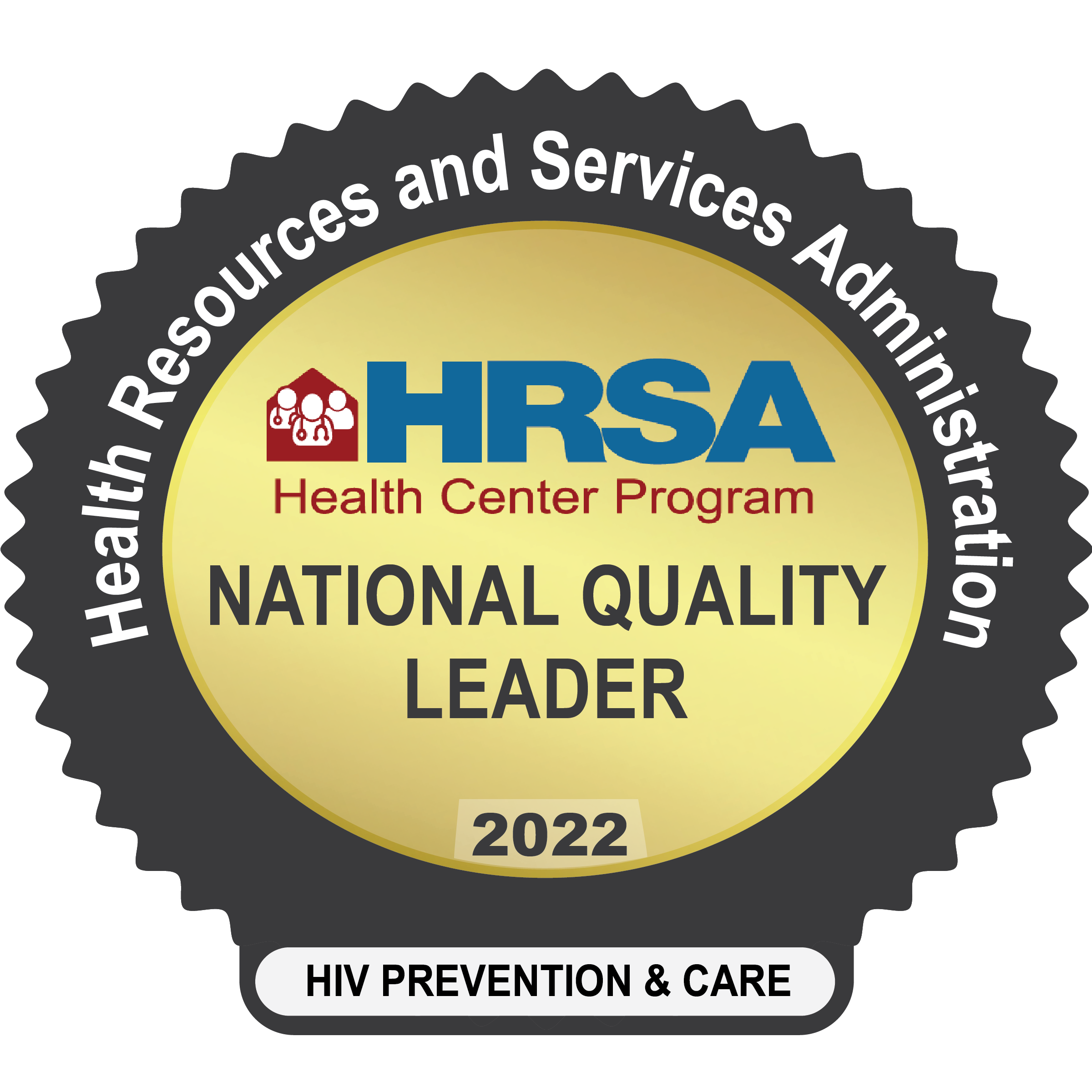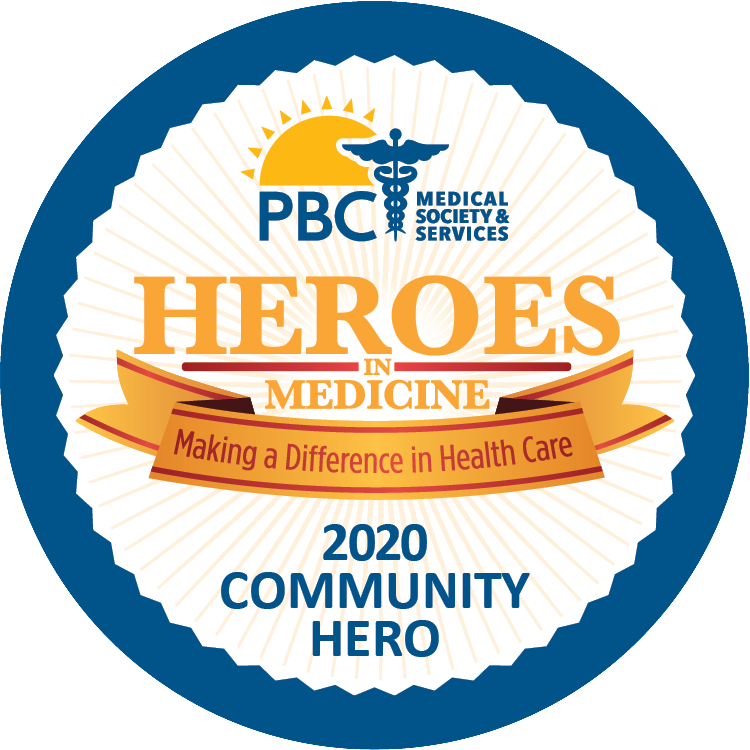Following a healthy meal plan is an important part of managing your blood glucose levels (blood sugar). What you choose to eat, how much you eat, and when you eat are all important when keeping your blood glucose level in range. You may feel resistant to starting a 'healthy diet' for fear of going without the foods you enjoy. The good news is that you can still eat your favorite foods but in smaller portions. You may even need to enjoy these foods less often depending on your needs. Your diabetes care team has put together resources below to help you create a meal plan that meets your needs and likes. Remember to keep an open mind when trying new foods and recipes. It can seem challenging at first, but the results will be worth it!
The key to eating with diabetes is to eat a variety of healthy foods from all food groups. The food groups include:
- Vegetables
- non-starchy: broccoli, carrots, greens, peppers, and tomatoes
- starchy: potatoes, corn, and green peas
- Fruits
- oranges, melon, berries, apples, bananas, and grapes
- Grains (at least half of your grains for the day should be whole grains)
- whole grains: wheat, rice, oats, cornmeal, barley, and quinoa
- Protein
- lean meat
- chicken or turkey without the skin
- fish
- eggs
- nuts and peanuts
- dried beans and certain peas, such as chickpeas and split peas
- meat substitutes, such as tofu
- Dairy (nonfat or low fat)
- milk (lactose-free milk if you have lactose intolerance)
- yogurt
- cheese
Click here to save or print the Plan Your Portions handout provided by the American Diabetes Association.

.png)











